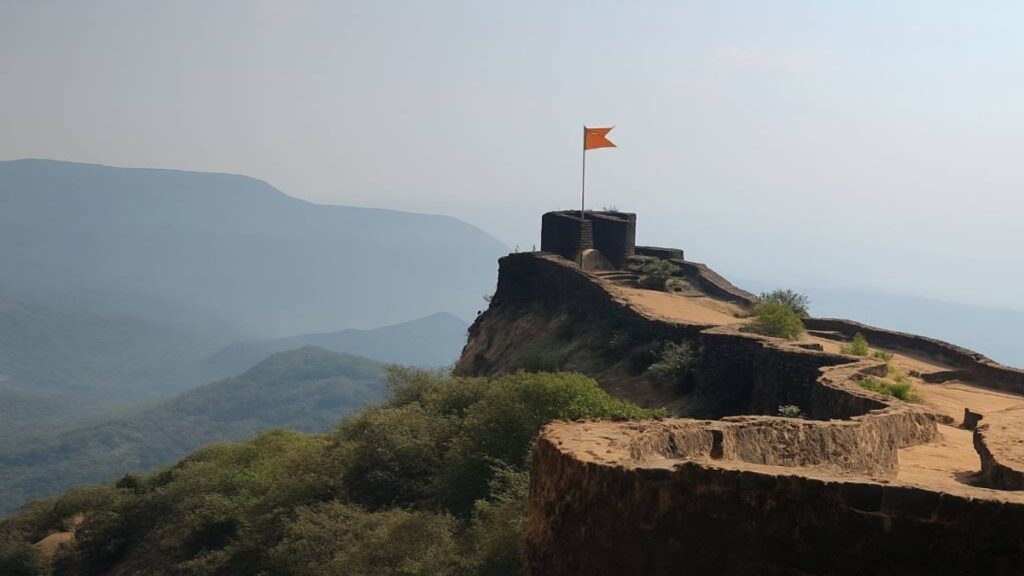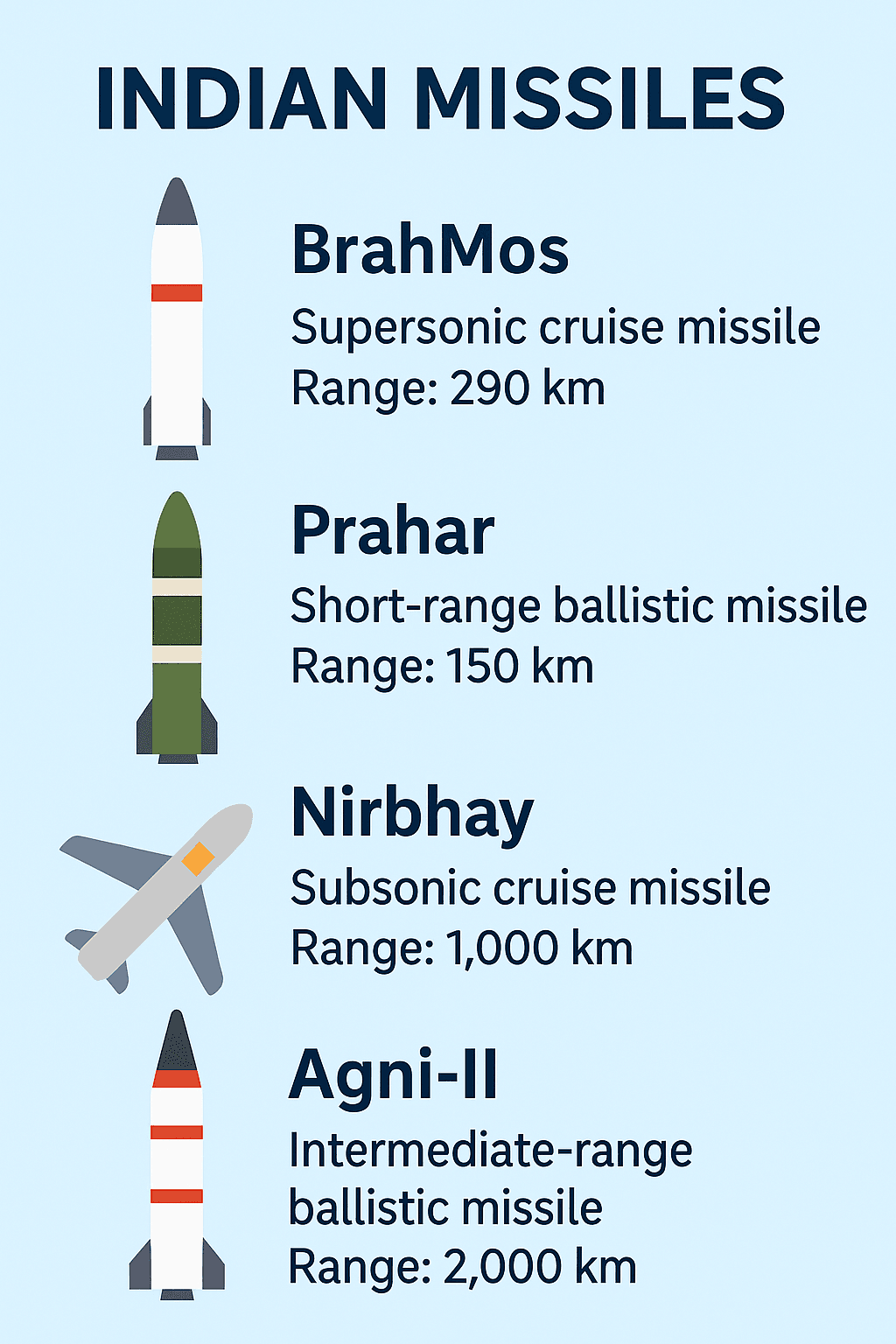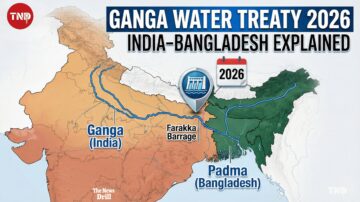
Maratha Military Landscapes of India Added to UNESCO World Heritage List
In a historic moment for India’s cultural and military history, the Maratha Military Landscapes of India have officially been inscribed into the UNESCO World Heritage List. This prestigious recognition shines global light on the strategic ingenuity and architectural brilliance of the Maratha Empire‘s defense systems, developed between the 17th and 19th centuries.
- Maratha Military Landscapes of India Added to UNESCO World Heritage List
- What Are the Maratha Military Landscapes of India?
- Why the Recognition Matters
- Boost for Global Tourism and Local Economies
- Historical Significance of Each Fort in the Maratha Military Landscapes of India
- National Pride and Civilisational Legacy
- Preservation & Future Prospects
- Global Impact of the Maratha Military Landscapes of India
- Frequently Asked Questions: Maratha Military Landscapes of India
- Q1. What are the Maratha Military Landscapes of India?
- Q2. Why were these forts added to the UNESCO World Heritage list?
- Q3. When did UNESCO grant the World Heritage status?
- Q4. Which forts are included in the Maratha Military Landscapes of India?
- Q5. How do these forts differ from Mughal or European fortifications?
- Q6. What are the benefits of UNESCO World Heritage recognition?
- Q7. What is the historical importance of these forts?
- Q8. Who maintains these forts today?
- Q9. Are the Maratha Military Landscapes of India open to tourists?
The Maratha Military Landscapes of India comprise a unique network of forts built across the Sahyadri Hills (Western Ghats), showcasing a robust military tradition that stood the test of time, colonial pressures, and varied topography.
What Are the Maratha Military Landscapes of India?
The Maratha Military Landscapes of India consist of 12 forts spread across Maharashtra, including iconic sites like Raigad Fort, Rajgad Fort, Sinhagad Fort, and Torna Fort. These fortresses played pivotal roles in shaping the Maratha Empire under Chhatrapati Shivaji Maharaj and his successors.
Each fort reflects a fusion of natural topography and defensive design, embodying the tactical brilliance of Maratha warfare. Their unique architecture was not just about walls and bastions it was a calculated adaptation to India’s rugged terrain, ensuring sustainability, water supply, and watchfulness.
Why the Recognition Matters
UNESCO’s addition of the Maratha Military Landscapes of India to its World Heritage List validates the Maratha Empire’s military legacy and India’s broader civilisational contributions to global heritage. These forts are not just monuments they are living histories, each with its own tale of resistance, governance, and innovation.
According to UNESCO, these landscapes demonstrate:
- An exceptional adaptation of hill forts to regional geographies.
- A deep integration of natural resources and fortification systems.
- The evolution of military strategies without reliance on European or Mughal styles.
Boost for Global Tourism and Local Economies
With the UNESCO tag, the Maratha Military Landscapes of India are expected to witness a surge in domestic and international tourism. Heritage lovers, historians, and students from across the globe can now explore these sites with increased interest and guided conservation.
Maharashtra’s tourism and cultural departments are already preparing plans to upgrade infrastructure, create guided tours, and digitally document the forts for immersive visitor experiences.
Historical Significance of Each Fort in the Maratha Military Landscapes of India
- 1. Raigad Fort – Capital of the Maratha Empire under Shivaji.
- 2. Rajgad Fort – Headquarters of Shivaji before Raigad; site of many political decisions.
- 3. Sinhagad Fort – Famous for the Battle of Sinhagad in 1670.
- 4. Torna Fort – The first fort captured by Shivaji at age 16.
- 5. Lohagad Fort – Known for its iron structure and strategic viewpoint.
- 6. Salher Fort – Site of one of the highest-altitude battles in Indian history.
- 7. Kasa Fort (Padmadurg) – Naval fort to counter Portuguese influence.
- 8. Ankai-Tankai Forts – Twin forts used for strategic reconnaissance.
- 9. Alibag Fort – Coastal fortification offering both land and sea defense.
- 10. Khanderi and Underi Forts – Sea forts guarding Mumbai Harbour.
- 11. Suvarnadurg Fort – An important naval base on the Konkan coast.
- 12. Vasota Fort – Hidden in dense forest, used as a prison fort.
These forts represent the Maratha Military Landscapes of India in all their diversity and strength.
National Pride and Civilisational Legacy
India now boasts 42 UNESCO World Heritage Sites, with the Maratha Military Landscapes of India being the latest inclusion. This landmark reflects India’s growing efforts in heritage conservation, historical education, and international recognition of its pre-colonial military legacy.
Prime Minister Narendra Modi expressed delight over the announcement, calling it a testament to India’s civilisational richness and strategic legacy.
“Delighted that the Maratha Military Landscapes of India have been inscribed in UNESCO’s World Heritage List. These extraordinary fortifications reflect the Maratha spirit and India’s deep-rooted military traditions.” — PM Modi on X
Preservation & Future Prospects
With this status comes the responsibility of maintenance, research, and sustainable tourism. The Archaeological Survey of India (ASI), along with the Maharashtra government and UNESCO, is expected to develop:
- Restoration blueprints for vulnerable structures.
- Heritage education programs in schools and universities.
- Digital guides and QR-code-based interpretation systems
- Eco-tourism trails connecting all 12 forts.
Global Impact of the Maratha Military Landscapes of India
The inclusion of the Maratha Military Landscapes of India marks a turning point in global understanding of non-European military architecture. Until now, many global military heritage sites focused on Roman, European, or Chinese models. This recognition broadens the narrative to include indigenous Indian defense systems, especially those based on terrain adaptation and guerrilla warfare.
Historians believe this will encourage further nominations from India’s vast architectural wealth, including other fort systems like those in Rajasthan, Karnataka, and Northeast India.
Stay Connected with The News Drill for latest heritage news, cultural insights, and government announcements. Stay informed. Stay updated. Stay Ahead.
For general queries Contact us: contact@thenewsdrill.com
Submit a tip or cultural story: editor@thenewsdrill.com or visit our Contributor Page
Frequently Asked Questions: Maratha Military Landscapes of India
Q1. What are the Maratha Military Landscapes of India?
A: The Maratha Military Landscapes of India refer to 12 strategically-built forts constructed between the 17th and 19th centuries by the Maratha Empire. These include iconic forts like Raigad, Rajgad, and Torna, which showcase India’s rich civilisational and military heritage.
Q2. Why were these forts added to the UNESCO World Heritage list?
A: The Maratha Military Landscapes were inscribed on the UNESCO list for their unique hill-fort architecture, military innovation, and adaptation to India’s rugged terrain without adopting Mughal or European design styles.
Q3. When did UNESCO grant the World Heritage status?
A: In July 2025, UNESCO officially inscribed the Maratha Military Landscapes of India into its prestigious World Heritage List during its annual meeting.
Q4. Which forts are included in the Maratha Military Landscapes of India?
A: The 12 forts include:
1. Raigad, 2. Rajgad, 3. Torna, 4. Sinhagad, 5. Lohagad, 6. Salher, 7. Kasa (Padmadurg), 8. Suvarnadurg, 9. Alibag, 10. Vasota, 11. Ankai-Tankai &12. Khanderi-Underi
Q5. How do these forts differ from Mughal or European fortifications?
A: Unlike symmetrical Mughal forts or heavily structured European ones, Maratha forts are uniquely adapted to natural terrain. They used local materials, employed guerrilla defense strategies, and emphasized natural topographical advantages for protection.
Q6. What are the benefits of UNESCO World Heritage recognition?
A: This recognition aids in:
Preserving the heritage and architecture of the forts, Increasing tourism and global attention, Attracting international and national funding & Boosting pride and awareness in India’s military history.
Q7. What is the historical importance of these forts?
A: These forts played a crucial role in Chhatrapati Shivaji Maharaj’s military strategy. They featured self-sufficient defense systems, efficient water harvesting, and used the terrain to their advantage during battles.
Q8. Who maintains these forts today?
A: The maintenance of these forts is overseen by:
Archaeological Survey of India (ASI), Maharashtra’s Department of Archaeology, & Local communities and NGOs involved in heritage preservation.
Q9. Are the Maratha Military Landscapes of India open to tourists?
A: Yes, most forts are accessible to tourists for trekking, guided tours, and heritage visits. However, some remote or ecologically sensitive forts may have restricted access.
















